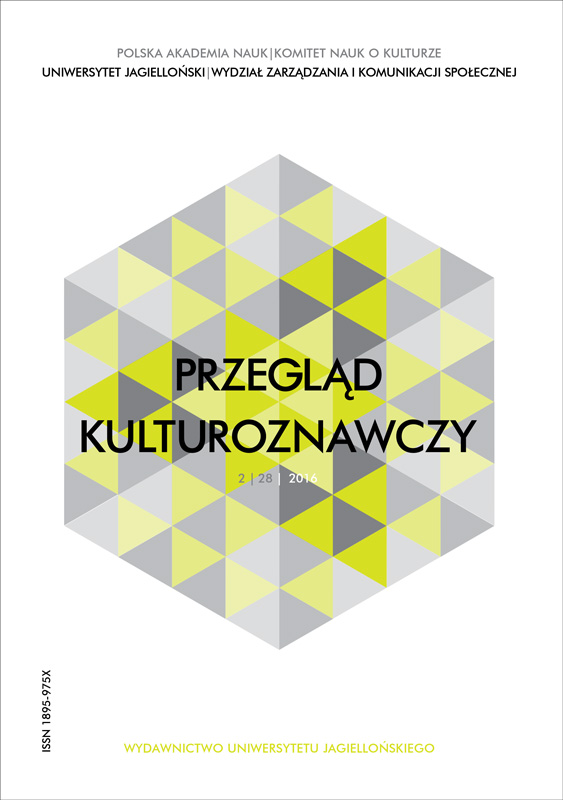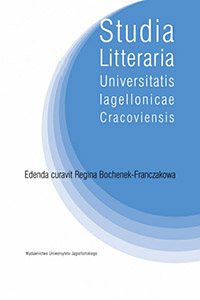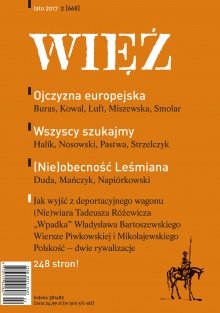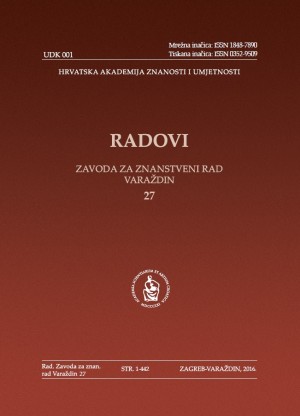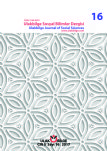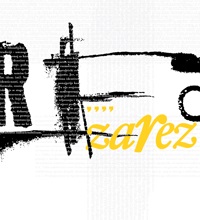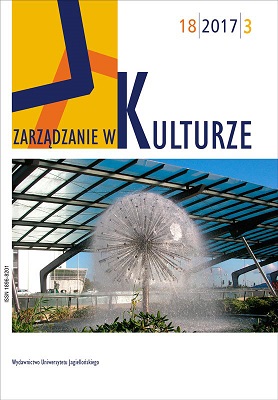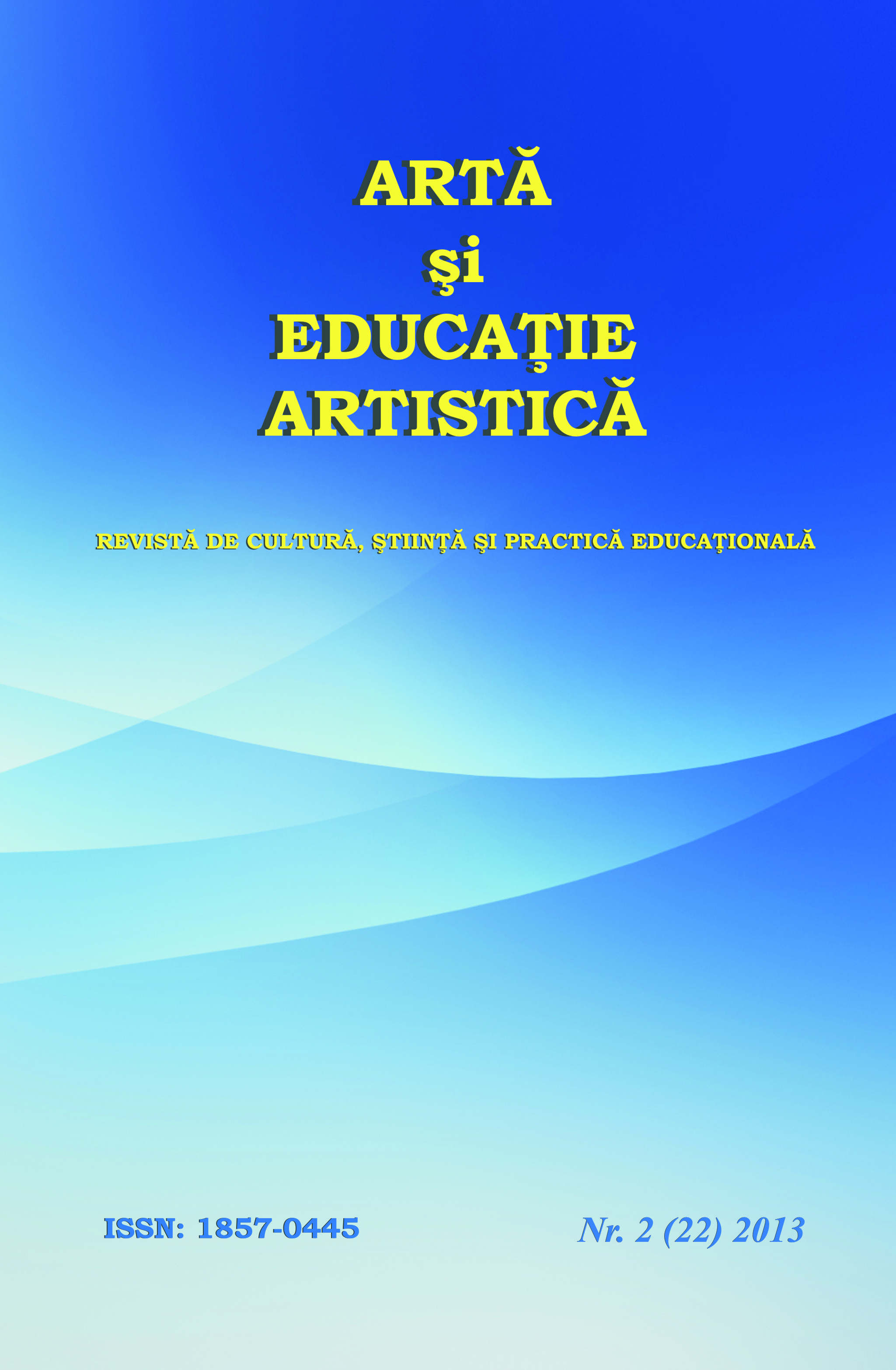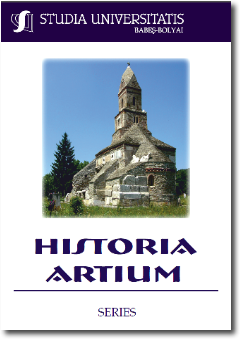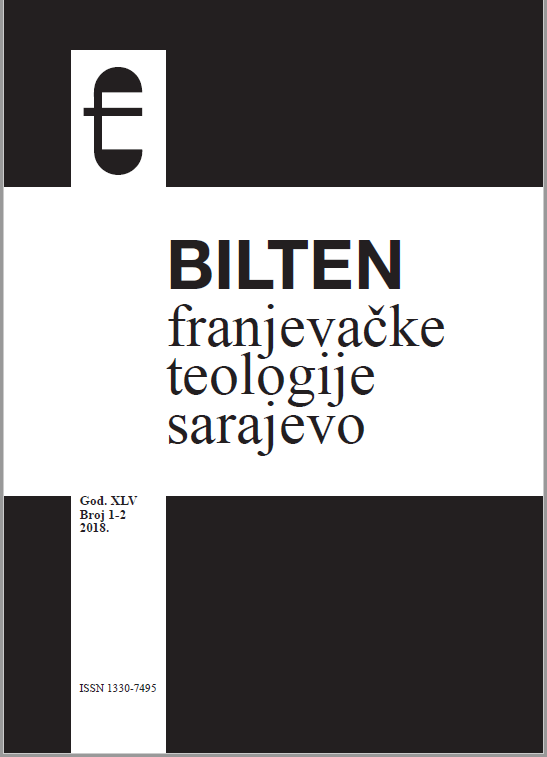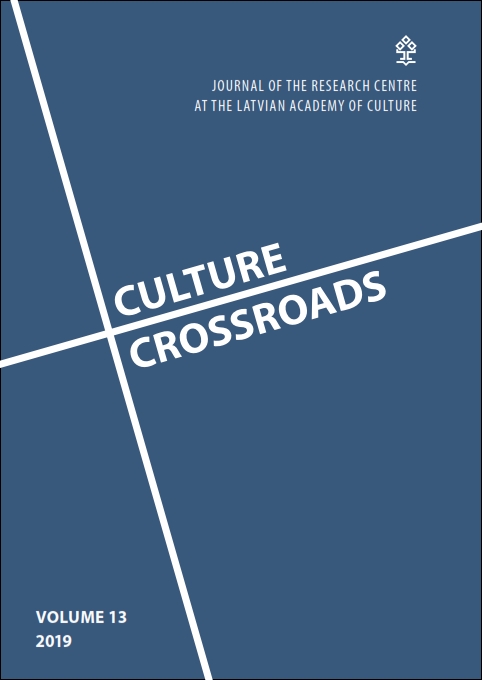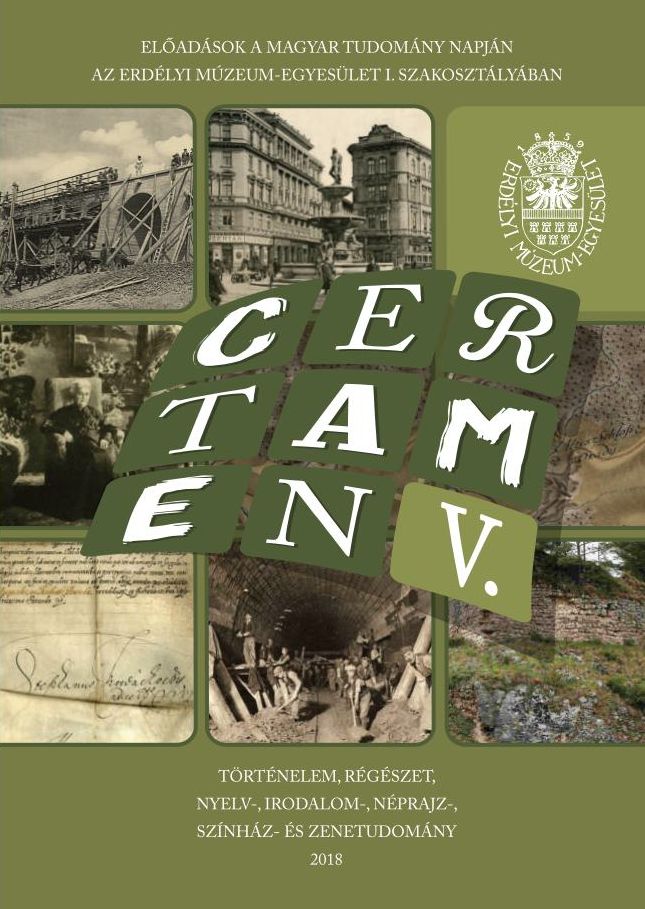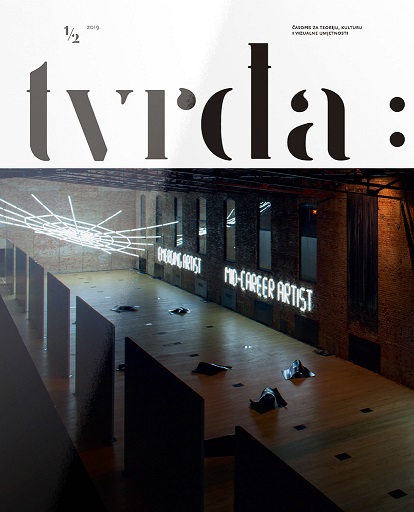Author(s): Olha Ovcharuk / Language(s): Ukrainian
Issue: 1/2014
The article from the analysis of categorical position ideal categories, based on a synthesis of scientific expertise in the context of his understanding of the cultural sciences as philosophy, philosophy of culture, art theory, the expediency of incorporating the concept of "ideal" in the categories of cultural studies.It is proved that the formation of new areas of human knowledge, including cultural studies needs to develop as a specific scientific methodology that would be served as effective tools for understanding cultural phenomena and meanings, and design appropriate categorical apparatus to reflect the intrinsic properties of the culture on which carried systematization of cultural phenomena.In the cultural sciences is the problem of systematization of an integrated system of categorical apparatus. Traditionally, its formation was carried out by loan categories and concepts in philosophy, political science, sociology, psychology, linguistics and other disciplines, and adapt them to meet the needs of cultural studies, some categories do not have direct analogues in other sciences and in need of development and self-justification, others – with regard to research updates tools can be reinterpreted from the standpoint of modern ideological context of values and meanings of classic categories and concepts borrowed from other fields of humanities. Calling into question the need for the solution of similar problems caused by the whole process of cultural knowledge, which made specific methods of analysis of culture and establish relevant cognitive model. In an ideal situation, we need to rebels understanding of this cultural phenomenon in modern cultural dimensions paradigm, which may create the conditions taking into account the best achievements of domestic and foreign philosophical reflection of the past.Despite the fact that in the modern scientific literature accumulated a large amount of research devoted to understanding how the ideal of philosophical and aesthetic (G. Gadamer, E. Kasyre, G. Cohen, G. Shpet, J. Boryev, O. Voevodin, L. Levchuk, V. Lychkovah, N. Vernygora, V/ Panchenko, L. Stolovych, V. Khmara, O. Ukhov, E. Yakovlev et al.), ethical (M. Brovko, Y. Afanasyev, V. Bitayev, A. Onishchenko, S. Ulanova, A. Fed, I. Fed et al.), teacher (G. Vashchenko A. Wisniewski, W. Kremen, A. Konovets, N. Kalita, N. Opanasenko, V. Sukhomlinsky, A. Skrynska), sociopolitical (B. Barkov, G. Dashutin, O. Kornienko, V. Lectorskyy, V. Makarenko, N. Mudrahey, A. Novikov, etc.). categories as cultural concept of science is not considered ideal.Methodological approaches to the study of the concept of the ideal articles selected categorical way of under-standing culture, serving as a mechanism of cultural studies. The proposed approach is, in turn, provides an analysis of the concept of the ideal as a category of philosophy and culture category from the standpoint of historicism. In this regard, noted that the problem categories occupied an important place in most philosophical systems of the past. Yes, overarching categorization of individual things classically represented in the teaching of Aristotle on the category. In modern times, the doctrine of the categories developed by representatives of German classical philosophy. For Kant's categories serve as a universal form, in which there is understanding of all things, a priori forms of mind, a way of summarizing lessons learned. The writings of Hegel’s theory of categories were developed in three plans – purely logical, historically, in the context of the whole of culture.In keeping with the Marxist tradition of scientific research conducted categorical framework of philosophy in general and the ideal, particularly national scientist’s 60-80-ies of XX century.The methodology of Cultural important place belongs to the categories as the most fundamental and substantial notion of cultural patterns, events, processes and relations, the essential characteristics of the culture, based on which the systematization of cultural phenomena studied and developed the methodology of knowledge. Based on the relevance of contemporary cultural studies methodological search as an interdisciplinary field of knowledge, universal knowledge which is the subject of culture, the problem of the theoretical ideal status category within cultural studies involves an appeal to the scientific understanding of the experience of this category in the space of the cultural sciences as philosophy of culture and art history.It is shown that a fruitful approach to understanding the categories and their role in the study of cultures of different ages invited prominent Soviet scientist A. Gurevich. S. Rubinstein in the "Man and the World" offers his approach to the categories of culture that takes into account the dependence of the definition of input from people in the circle of life. VP Bran proposed concept classification values that are inextricably linked with the appropriate classification of ideals. In connection ideals, norms and values indicate B. Hubman. Describing the process of designing social systems of the human being, as regards the ideal of a certain type of project that embodies the idea of the perfect man and the perfect organization of human life, the modern scientist M. Kagan. Based on the analysis in the article argues that it is the nature of the ideal values, specifying vectors for further development of culture and its focus on the future and ensure its projective character heuristic categorical potential dimensions of cultural knowledge with the ability to attract and humanitarian methods of social analysis. As a cultural category may be the ideal for the detection and understanding of the value and meaning of the cultural dimension in which the accumulated social experience any human communities.Thus, the validity of the concept of separation as an ideal cultural concept due to the fact that it integrates ideological, normative values and projective aspect of the intrinsic properties of the culture, it fixed axiological, epistemologi-cal and aesthetic features of the development of culture and its modifications reflect the dynamics of cultural transformations in certain historical stages. This creates conditions for further conceptualization of the notion of cultural ideals within the theory and history of culture through bringing modern methodological strategies.
More...


